The Human Body in Space: 6 Weird Facts
What Does Life in Space Do To You?
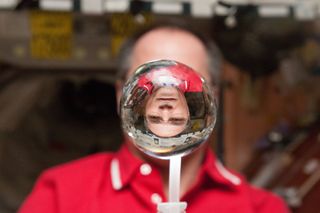
From trouble sleeping to wimpy muscles, living on board the International Space Station really does a number on the human body.
Get to know how your body could react to life in orbit with these 6 fun facts:
FIRST STOP: Astronauts Get Taller
You Grow Taller
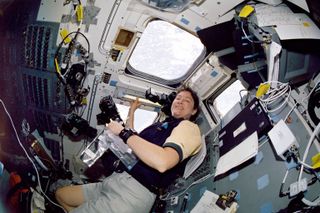
During the six months that most astronauts spend on the International Space Station, they can grow up to 3 percent taller. Without gravity, the spine is free to expand, making the spaceflyers taller, even when they first return to Earth.
The astronauts return to their preflight height after a few months of being back within the planet's gravity.
NEXT: Puffy Faces and Skinny Legs
Puffy Faces and Skinny Legs
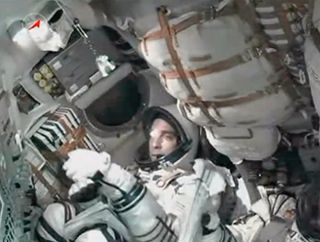
When on Earth, the fluids in the human body are distributed unevenly because of gravity. Most fluid pools in the lower extremities, leaving little fluid in the top of the body. Life in orbit changes all of that.
For the first few weeks of spaceflight, most astronauts appear to have a puffy head and skinny legs. The fluid in their bodies redistributes evenly when gravity isn't playing a role in their biological systems. After a little time in orbit, however, the body adapts to the new distribution of fluids, and the astronauts don't appear as puffy.
NEXT: Coordination Trouble on Earth
Coordination Conundrum After Landing
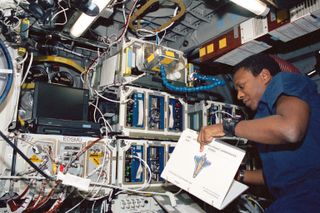
After coming home from a stint on the space station, many astronauts have reported difficulty adjusting back to gravity.
Sometimes, spaceflyers will drop things, forgetting that gravity is influential back on Earth. After six months in microgravity conditions, it is difficult to adjust to life in a place where materials fall if you drop them.
NEXT: Muscle Meltdown
Muscle Mass Meltdown
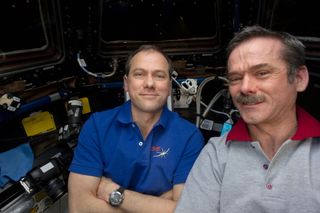
In the weightlessness of space, muscles aren't needed to support the body. An astronaut's muscles start to adapt to that change almost immediately. Instead of maintaining the usual base of muscle mass needed for life on Earth, astronauts' bodies quickly get to work ridding themselves of unnecessary tissue.
Although this might be ideal in space, it's problematic once back on Earth. Astronauts have to exercise for two hours a day on the space station just to maintain a healthy amount of muscle mass that they will need once they are back on the planet.
NEXT: My Aching Bones!
Bone Density Loss
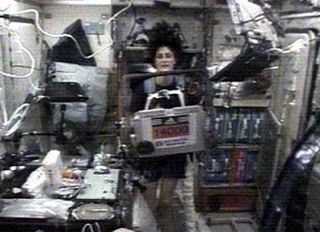
All that exercise on the space station also helps prevent bone-density loss. Each month, astronauts could lose up to 1 percent of their bone density if they don’t get enough exercise.
There are two treadmills and two stationary bicycles on board the space station to help the residents keep in shape during their time in orbit.
NEXT: Tossing and Turning in Space
You Can't Sleep
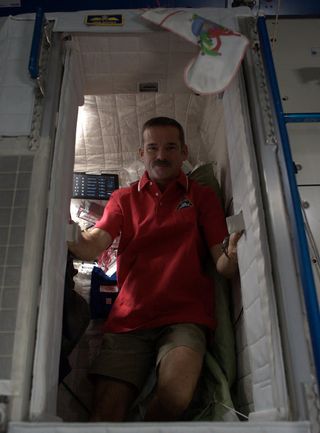
Astronauts have reported seeing flashes of light zap through their eyes as they try to rest, making it difficult for them to sleep on the space station.
The flashes are actually from cosmic rays — high-energy particles that beam through the solar system — shooting through the orbiting outpost. Spaceflyers have described the flashes as "fireworks" or "streaks." Although the radiation from the cosmic rays can build up over time, the particles don't pose too much of a risk during the limited time that astronauts spend on the station.
Follow Miriam Kramer on Twitter and Google+. Follow us onTwitter, Facebook and Google+.
Join our Space Forums to keep talking space on the latest missions, night sky and more! And if you have a news tip, correction or comment, let us know at: community@space.com.
Get the Space.com Newsletter
Breaking space news, the latest updates on rocket launches, skywatching events and more!

Miriam Kramer joined Space.com as a Staff Writer in December 2012. Since then, she has floated in weightlessness on a zero-gravity flight, felt the pull of 4-Gs in a trainer aircraft and watched rockets soar into space from Florida and Virginia. She also served as Space.com's lead space entertainment reporter, and enjoys all aspects of space news, astronomy and commercial spaceflight. Miriam has also presented space stories during live interviews with Fox News and other TV and radio outlets. She originally hails from Knoxville, Tennessee where she and her family would take trips to dark spots on the outskirts of town to watch meteor showers every year. She loves to travel and one day hopes to see the northern lights in person. Miriam is currently a space reporter with Axios, writing the Axios Space newsletter. You can follow Miriam on Twitter.


